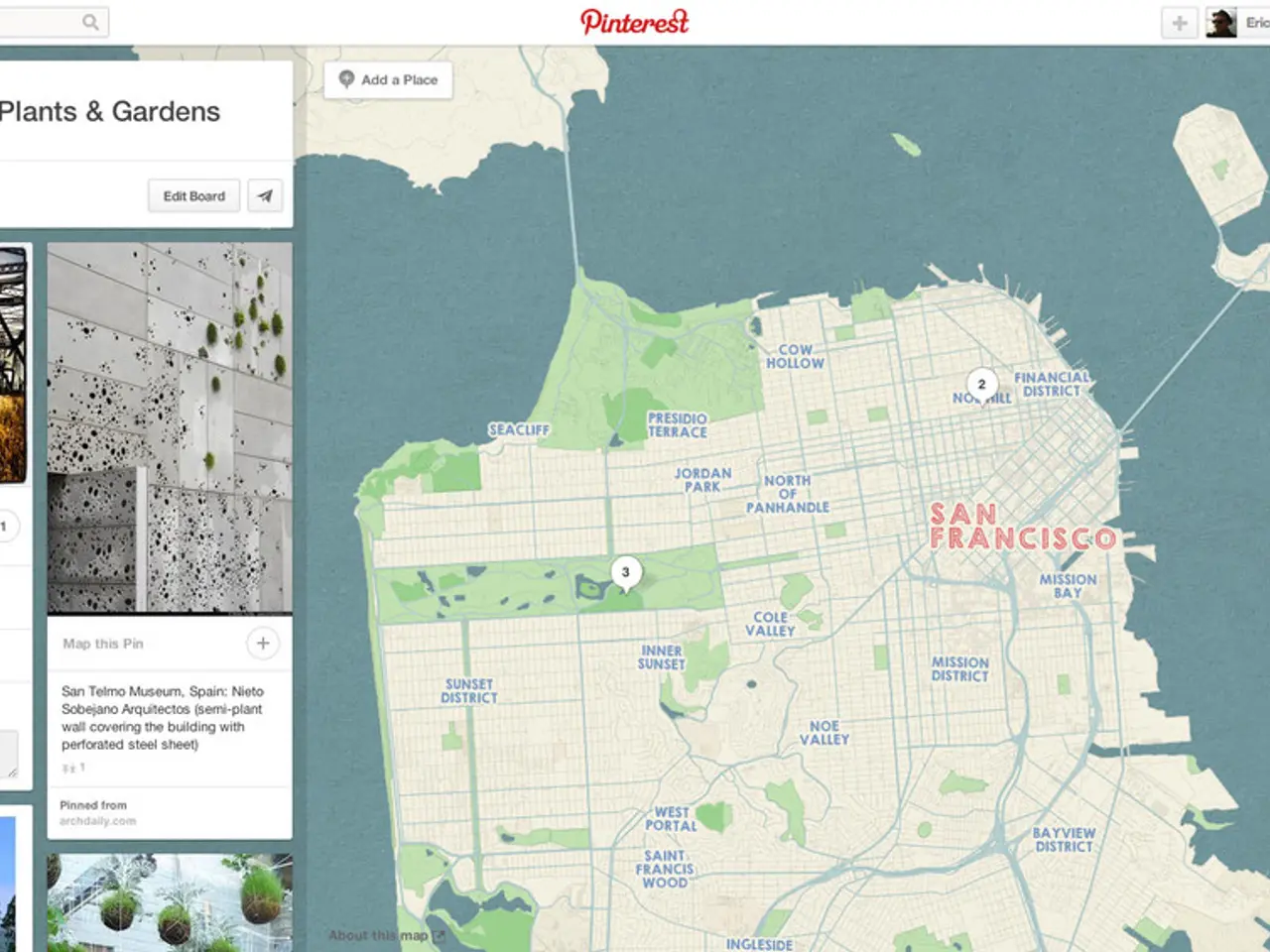Geographical Mobility: Delving into Essential Ideas from AP Human Geography
In the realm of AP Human Geography, mobility refers to the ability to move or be moved freely and easily, encompassing social, economic, and political shifts. This concept is crucial in understanding the intricate dynamics of social structures and economic conditions worldwide.
Mobility patterns in developed and developing countries are shaped by an interplay of economic needs, environmental pressures (especially climate-induced displacement), cultural attachments, land-use, and political contexts. The significance of these factors varies based on a country's development level.
In both developed and developing countries, people often migrate in pursuit of better jobs, higher incomes, or improved living standards. Developed countries attract international migrants with more formal employment and higher wages, while developing countries may experience migration driven by poverty and lack of local opportunities.
Push factors such as conflict, environmental degradation, or lack of resources in origin areas, and pull factors like political stability, access to education, and healthcare in destination areas influence movement patterns. Land-use patterns shape travel and migration behaviors, with urban centers in developed countries attracting residents and commuters, and rapid urbanization in developing countries causing significant rural-to-urban migration.
Climate change increasingly forces involuntary mobility, especially in traditional and Indigenous societies tied to land. Disruptions to place attachments can erode the ability to remain in place, resulting in displacement or migration. Cultural identity and social networks also play a role, with stronger bonds in developing countries potentially affecting mobility patterns differently than in developed contexts.
Political factors and policies significantly influence mobility flows. Developed countries typically have more regulated migration systems, while developing countries often see more informal or forced migration. In the United States, there has been an increasing trend of people moving from densely populated coastal areas to inland regions with lower living costs.
Europe sees regular movement within its borders due to the EU's policy on freedom of movement. Internal movements in developed countries have impacts on factors like population density and resource allocation. For instance, in the United States, there is a high level of internal mobility with people moving from rural to urban areas for opportunities or shifting between cities for work or education.
Mobility is not just about physical movement; it also involves reasons for movement (push and pull factors), obstacles faced during movement (like physical barriers or immigration policies), and the impact of such movements on both places of origin and destination. Periodic mobility involves movements that don't follow a strict pattern but still occur relatively frequently, such as migrant laborers or military service. Cyclical mobility involves movements like daily commutes or seasonal migration that occur regularly and predictably.
Each type of mobility plays a unique role in shaping societal structures across nations. For example, in Africa, nations such as Nigeria and Senegal also see substantial emigration rates. India, for example, has both internal migration from agricultural regions to metros like Delhi and Mumbai, and emigration to countries like the US or Canada.
However, mobility patterns in developing countries can result in brain drain, where skilled workers leave their home country, impacting its development potential. Mobility influences migration patterns, shapes cultural landscapes, and contributes to globalization.
In conclusion, understanding mobility patterns is essential for gaining insights into global social structures and economic conditions. The factors influencing these patterns are complex and multifaceted, involving economic opportunities and disparities, push and pull factors, land-use and urbanization, environmental changes and climate displacement, cultural identity and social networks, and political factors and policies.
In the realm of self-development and education, individuals might explore online-education platforms to gain knowledge in various fields, including AP Human Geography, to better understand mobility patterns and their impacts on societal structures and economic conditions worldwide.
As people migrate for better opportunities, education and learning opportunities in developed countries can play a significant role in pull factors, attracting skilled migrants from developing countries, thereby influencing mobility patterns.




